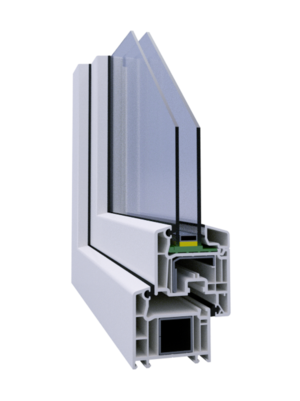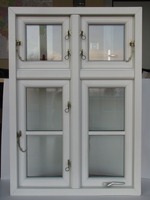The PVC windows offered by SAPOR will let you take advantage of the potential of VEKA profile joinery, whose products fall within Class A. The available options in our offering differ in terms of construction from the standard products commonly found on the market and offered by competitors. VEKA window profiles achieve exceptional durability and stability, thanks to their three-millimeter wall thickness and five-millimeter internal chamber width. This is also the result of using a greater amount of PVC material (up to 10% more compared to standard windows). We offer plastic, energy-efficient, and passive windows.
As a manufacturer, we are well aware of the fact that the most important thing for our customers is how such a perfectly developed construction of PVC joinery translates into measurable benefits. This PVC window construction provides high thermal insulation and optimal noise protection. These unique windows with reinforced structures also exhibit higher resistance to mechanical damage.
Energy-efficient windows
Even more economical are energy-efficient windows, where the heat transfer coefficient (U-value) is low. The lower this coefficient, the higher the energy efficiency of the plastic window. Below is a set of information about the windows in our offer.
Currently, energy-efficient windows are gaining increasing popularity, and their choice is not as straightforward as it might seem. In order to make an informed decision in this regard, it is useful to know what are the components of such windows. The key components include the window profile and thermal insulation. The profile should not exceed an insulation value of 1.1 W/m2K. For energy-efficient windows, the manufacturer should use triple-glazed windows filled with noble gases (argon or krypton) and coated with a low-emissivity coating with a specified degree of thermal transmittance – Ug minimum 0.7 W/m2K, but not lower than 0.3 W/m2K. An important aspect to consider is also the spacer frame, which should be constructed from stainless steel or synthetic material (avoiding aluminum is preferable).
Saving with PVC windows
With windows of this type, the question is how to keep all the heat in the room and save on heating bills. Well, it is best to choose PVC windows with an innovative thermal barrier. This involves a combination of aerogel within the frame and several layers of polyurethane foam. The proper construction of a PVC window, along with a high number of chambers and the thickness of the profile wall, guarantees effective protection against cold from the outside. For those seeking exceptional efficiency, there are even special glazing packages that allow the capture of free thermal energy!
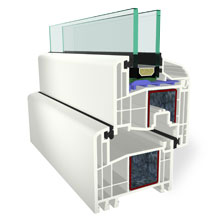
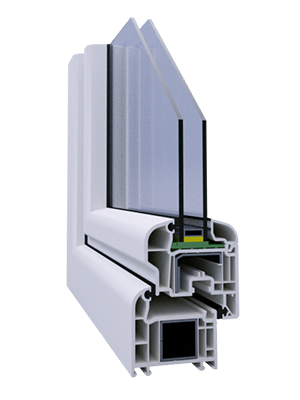
Effectiveness and functionality
Because household members care not only about purely technical aspects, it’s worth emphasizing that window design and energy efficiency can go hand in hand. An attractive design of the windows and the appropriate heat factor are a sign of their quality and a guarantee of comfort within the rooms. A useful option is micro-ventilation, ensured by modern fittings. As a result, the fresh air flowing in does not cool the interior. The appealing appearance and comfort of use are also influenced by the function of multi-stage tilt adjustment. This allows the window sash to be opened in four positions, which provides complete control over the degree of air exchange according to the season and temperature.
Unconventional window shapes – custom offer
SAPOR also provides the so- called unconventional windows that are created based on individual customer orders. They are characterized by exceptional design and functionality, offering a favorable price and high quality of materials used in the production process. Such non-standard constructions make both the external and internal appearance of PVC windows unique – this gives both the facade and the interior of the building a unique character. This is an ideal solution for modern homes, as well as those undergoing renovation – especially old townhouses.
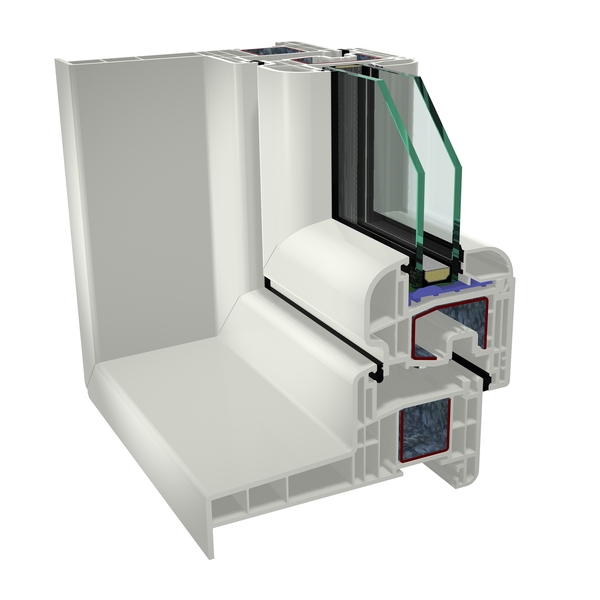
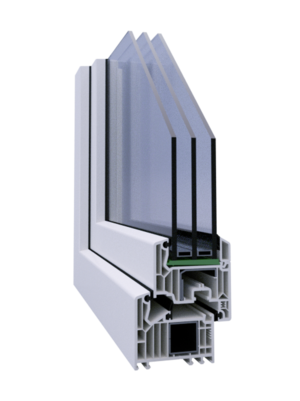
Special-purpose windows – passive windows
In the category of energy-efficient windows, it is worth considering passive windows. They meet the specific requirements of passive construction (with a high degree of thermal insulation, enabling heating through solar radiation or heat emitted by people and household appliances). Such products must exhibit an appropriate heat transfer coefficient – Uw below 0.8 W/m2K. For example, there are products with a structure (of wood, aluminum or both) consisting of three panes of glass and possibly polyurethane foam. Customers often choose PVC windows for their attractive price alongside favorable thermal and acoustic parameters.
Requirements for passive windows
Passive windows should meet specific requirements set by the Passive House Institute in Darmstadt and have a specific total heat transfer coefficient (not exceeding 0.8 W/m2K). In the case of a built-in PVC window, the coefficient cannot be higher than 0.85 W/m2K. The transmittance of solar radiation also matters – the coefficient (g) must be above 50%.

